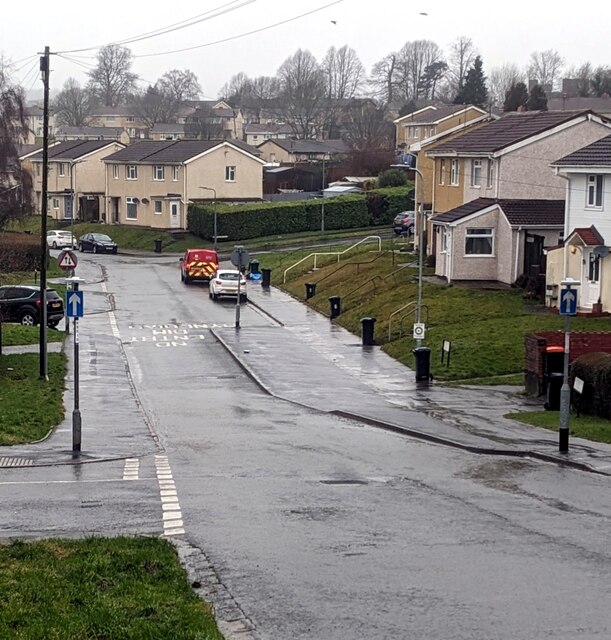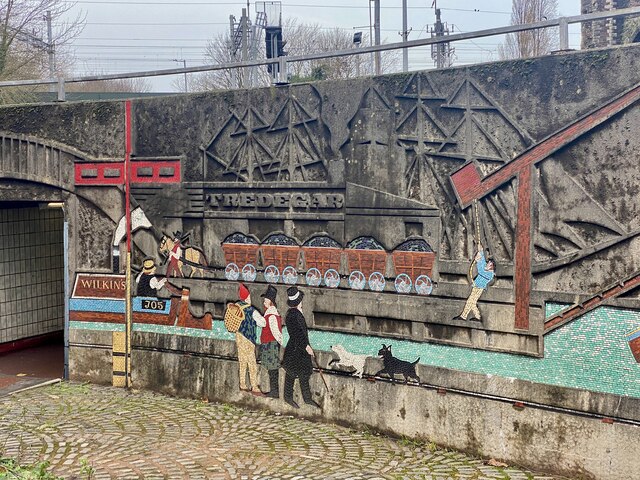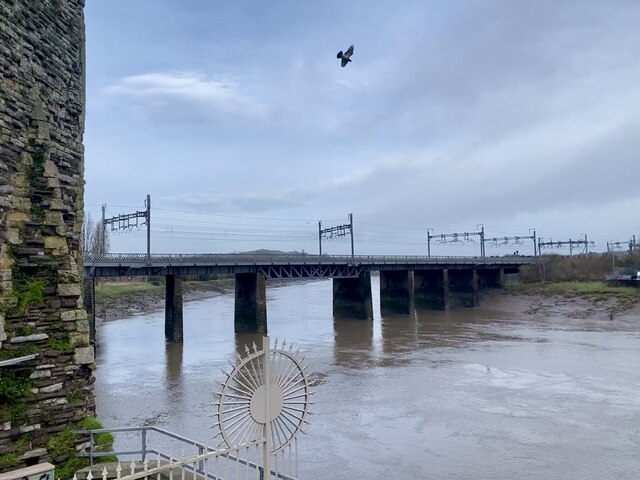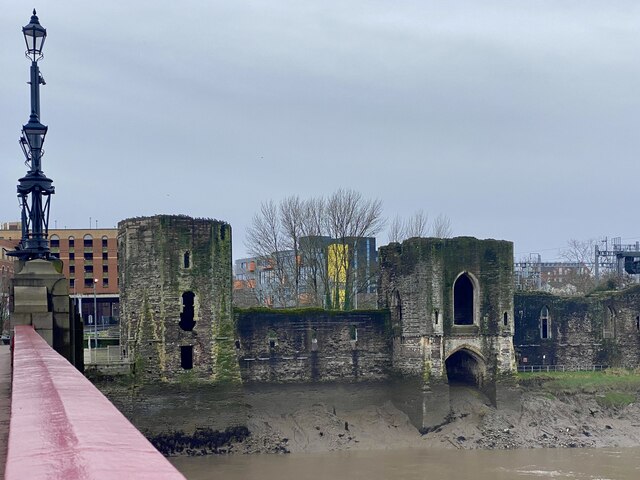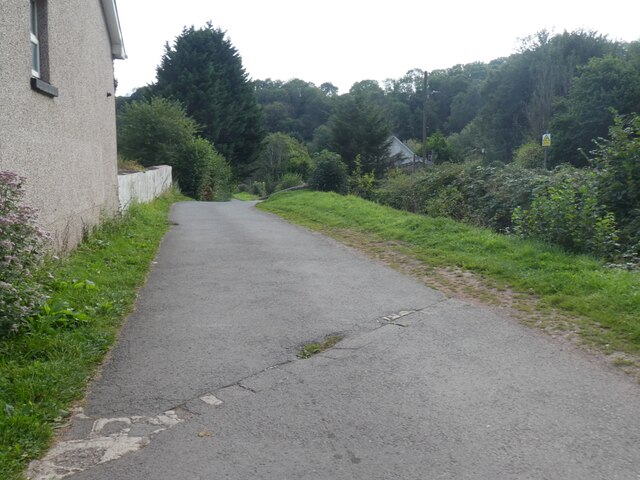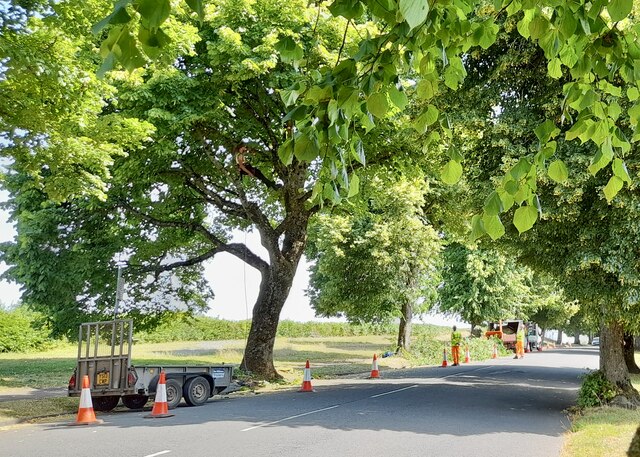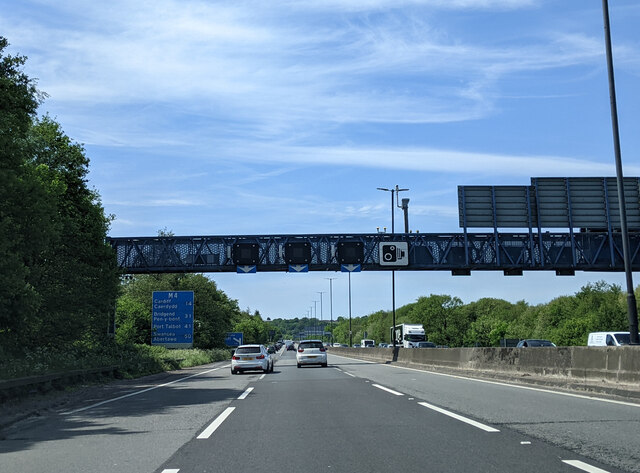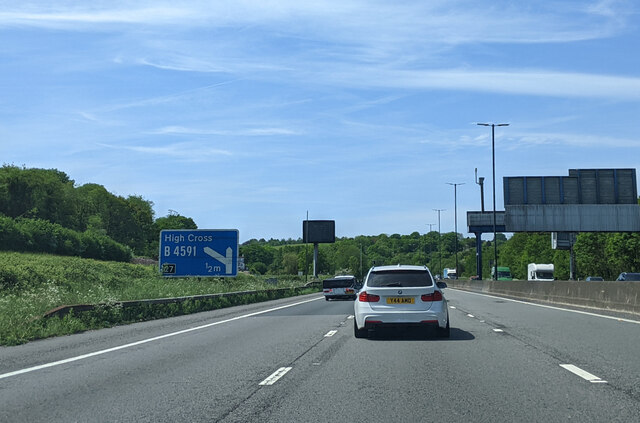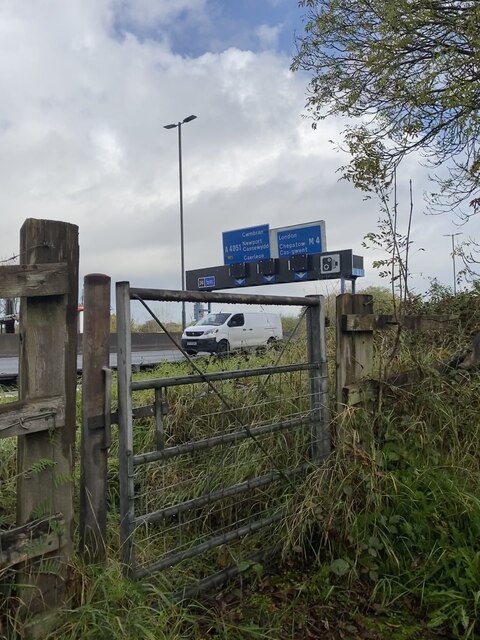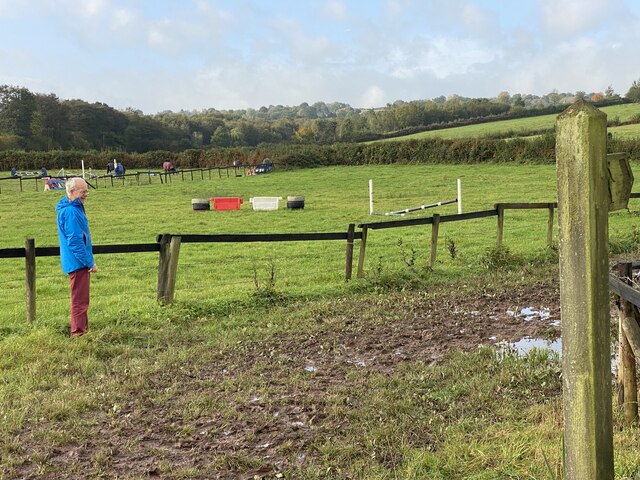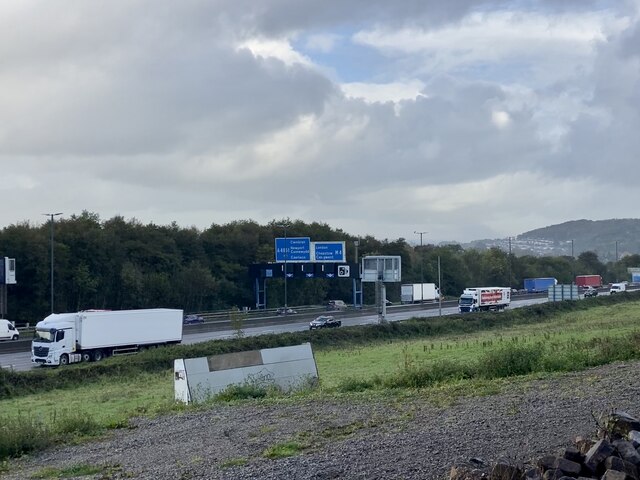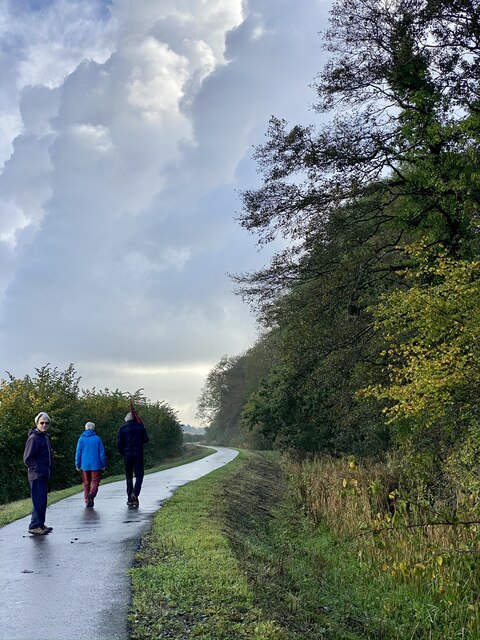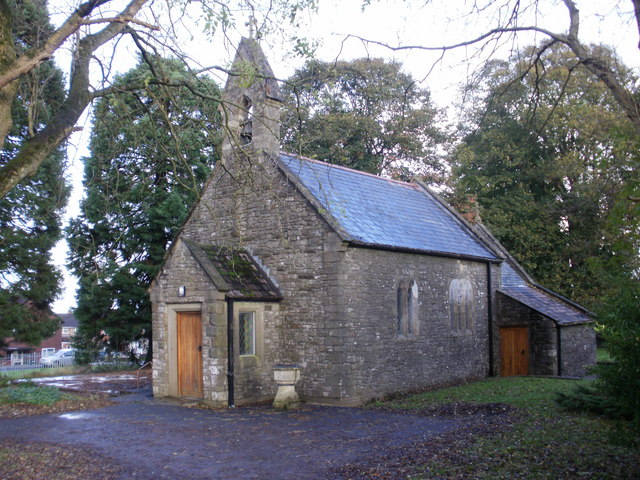Woodstock Pool
Lake, Pool, Pond, Freshwater Marsh in Monmouthshire
Wales
Woodstock Pool
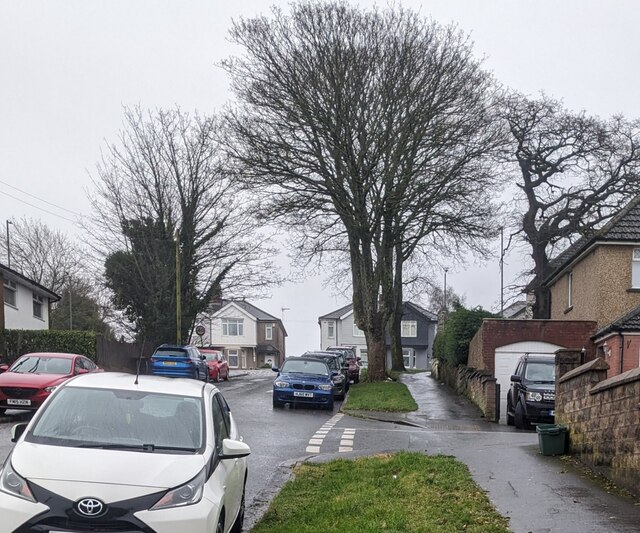
Woodstock Pool is a picturesque freshwater marsh located in Monmouthshire, Wales. Spanning over an area of approximately 20 acres, it is a natural oasis that comprises a combination of lake, pool, pond, and wetland habitats. The pool is situated within the enchanting grounds of Woodstock House, surrounded by lush greenery and diverse wildlife.
The pool itself is fed by a small stream, which ensures a constant supply of fresh water. Its calm and serene surface is adorned with various water plants, such as lilies and reeds, creating a stunning natural spectacle. These aquatic plants provide shelter and food for a wide array of water-dwelling creatures.
Woodstock Pool is home to a diverse range of wildlife species, making it a popular destination for nature enthusiasts. Birdwatchers can spot a variety of water birds, including ducks, herons, and kingfishers, as well as migratory species during the appropriate seasons. The surrounding woodlands are inhabited by woodland birds, while the wetland areas attract amphibians and reptiles such as frogs and newts.
Visitors to Woodstock Pool can enjoy peaceful walks along its banks, taking in the tranquility of the surroundings. The pool is also a great spot for fishing, with anglers often trying their luck to catch freshwater fish such as carp and tench.
Overall, Woodstock Pool is a natural haven offering a diverse range of habitats and wildlife. Its beauty and serenity make it a perfect destination for those seeking a peaceful escape into nature.
If you have any feedback on the listing, please let us know in the comments section below.
Woodstock Pool Images
Images are sourced within 2km of 51.604331/-3.0123936 or Grid Reference ST2989. Thanks to Geograph Open Source API. All images are credited.
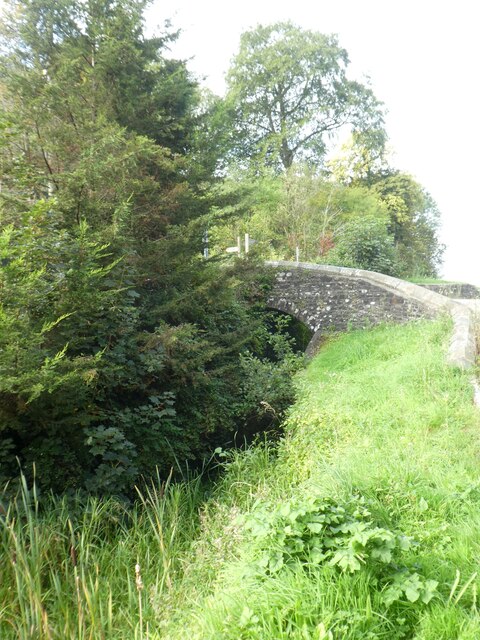
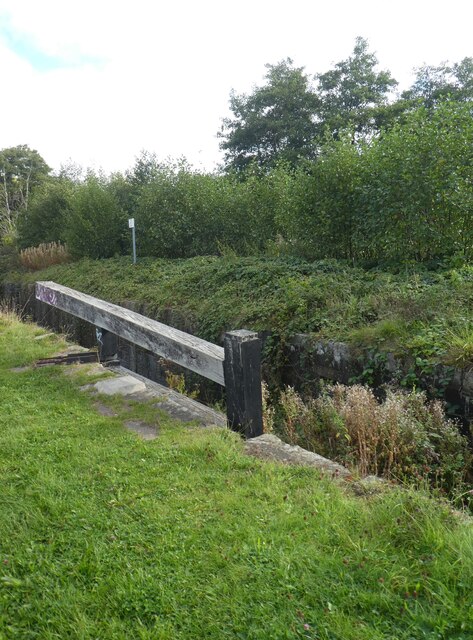
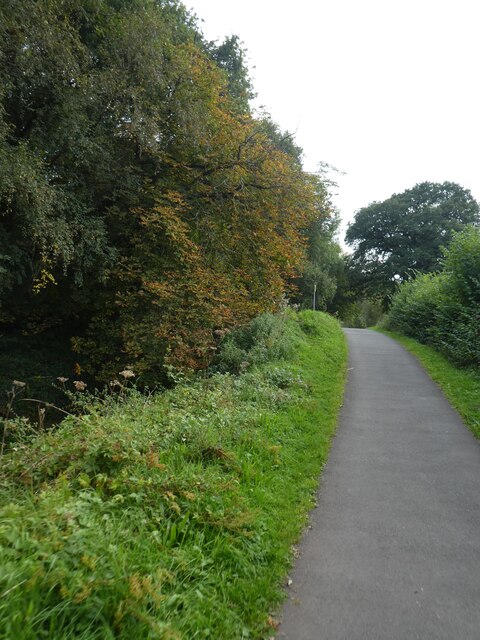
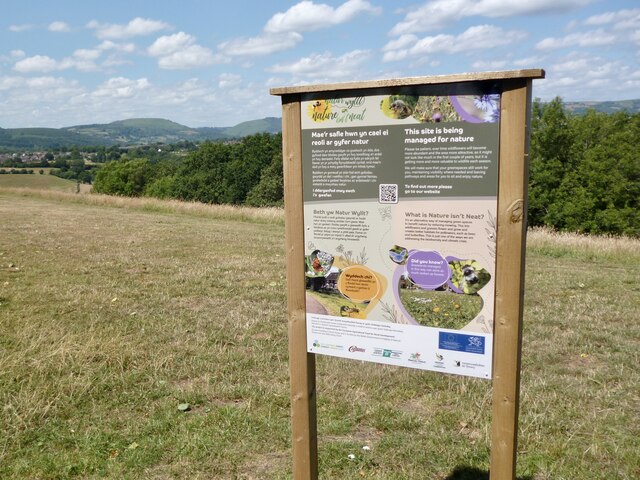
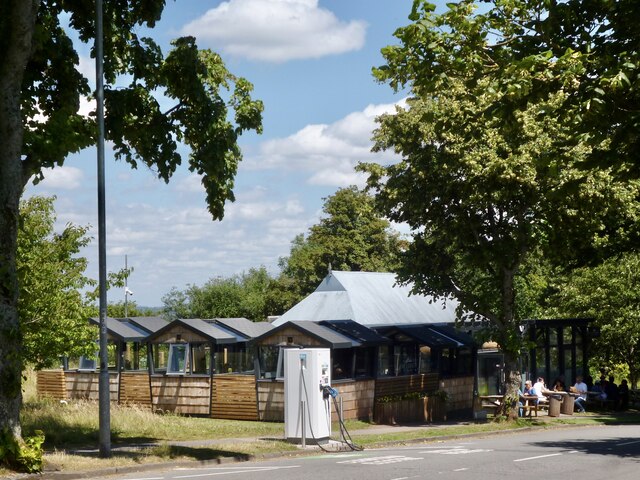
Woodstock Pool is located at Grid Ref: ST2989 (Lat: 51.604331, Lng: -3.0123936)
Unitary Authority: Newport
Police Authority: Gwent
What 3 Words
///falls.woke.burst. Near Newport
Nearby Locations
Related Wikis
Newport High School (Wales)
Newport High School (Welsh: Ysgol Uwchradd Casnewydd) is a co-educational secondary school in the Bettws district of the city of Newport, South Wales,...
Malpas, Newport
Malpas is an electoral district (ward) and coterminous community (parish) of the city of Newport, South Wales. The area is governed by the Newport City...
Brynglas
Brynglas is an area of the city of Newport, South Wales, United Kingdom. == Location == Brynglas is situated above the M4 motorway in Newport and famous...
Shaftesbury, Newport
Shaftesbury is a community (civil parish) and coterminous electoral district (ward) of the city of Newport, South Wales. The community is bounded by the...
Barrack Hill
Barrack Hill is an area in Newport, Wales, in the suburb and electoral ward and coterminous community parish of Allt-yr-yn. It is most well known for...
Brynglas Tunnels
The Brynglas Tunnels carry the M4 under Brynglas Hill in Newport, Wales. The 360-metre-long (390 yd) tunnels are the first and only twin–bored tunnels...
Raglan Barracks, Newport
Raglan Barracks is a military installation at Barrack Hill in Allt-yr-yn in Newport, Wales. == History == The barracks were built as a cavalry barracks...
Bettws, Newport
Bettws (Welsh: Betws) is a large modern housing estate, electoral ward and coterminous community (parish) of the city of Newport, South Wales. == Etymology... ==
Nearby Amenities
Located within 500m of 51.604331,-3.0123936Have you been to Woodstock Pool?
Leave your review of Woodstock Pool below (or comments, questions and feedback).
